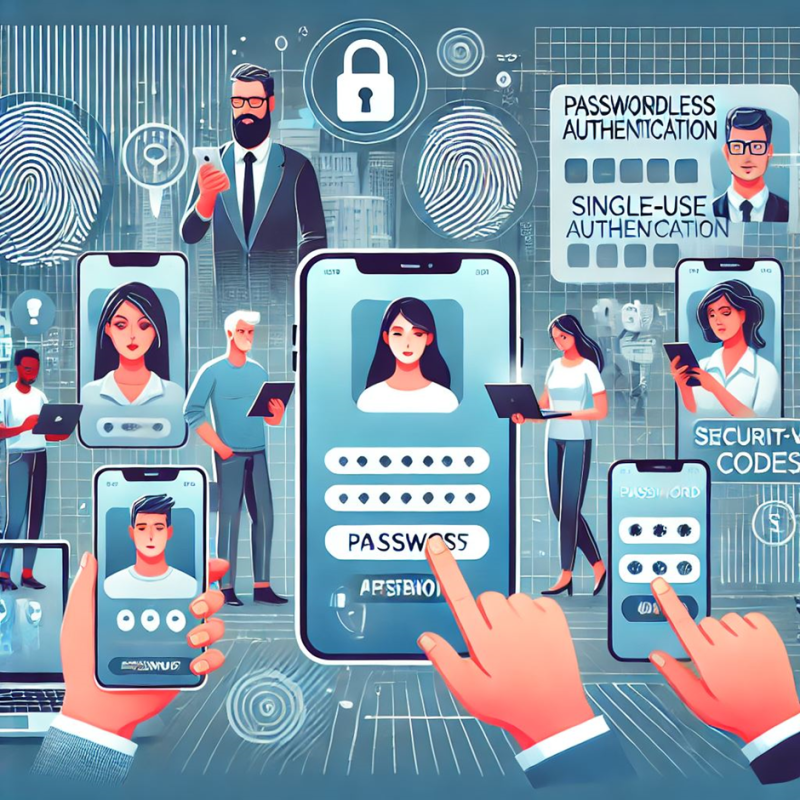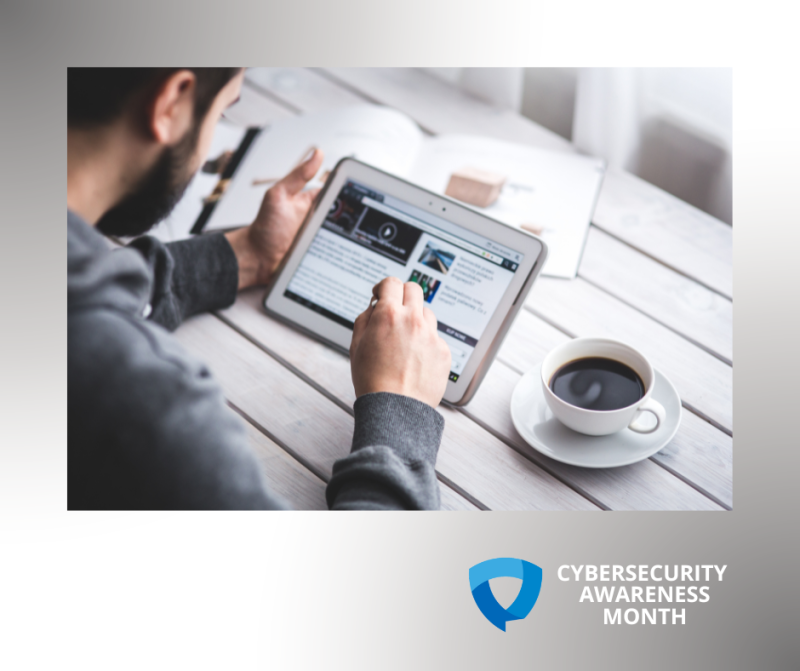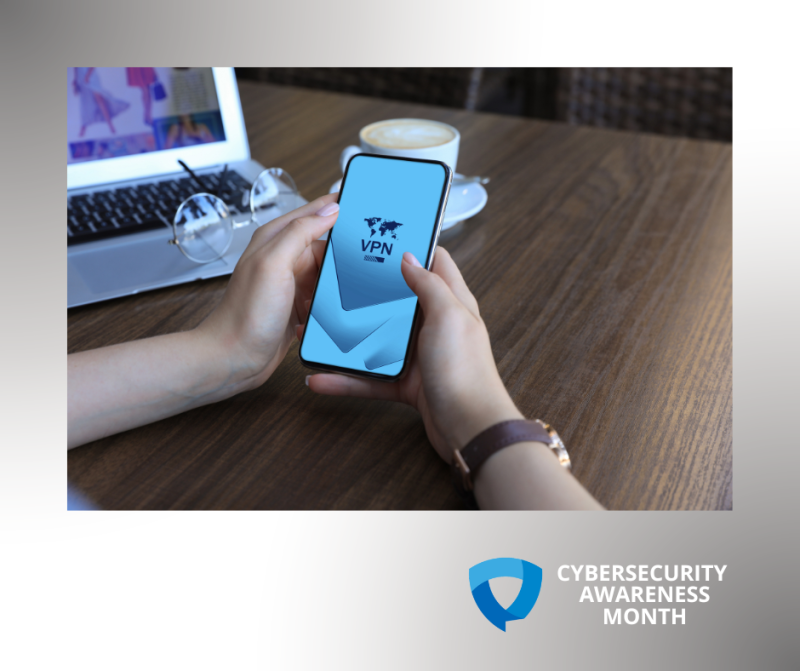The cybersecurity landscape is rapidly evolving, with passwordless authentication methods gaining traction and now being recognised by Cyber Essentials. This shift marks a significant departure from traditional password reliance.
The Decline of Traditional Passwords
For years, passwords have been the standard for securing accounts. However, their vulnerabilities—such as being easily forgotten or compromised—prompted Cyber Essentials to mandate multi-factor authentication for internet-accessible accounts in 2022.
Embracing Passwordless Technology
Passwordless authentication eliminates traditional passwords, relying instead on secure alternatives that always use multiple authentication factors.
Key Passwordless Methods
- Biometric Authentication: Uses fingerprints or facial recognition.
- Security Keys and Tokens: Involves USB keys or smart cards.
- One-Time Codes: Temporary codes sent via email or SMS.
- Push Notifications: Smartphone prompts for login approval.
Benefits of Passwordless Authentication
- Enhanced Security: Reduces vulnerabilities associated with passwords.
- Improved User Experience: Eliminates password fatigue.
- Reduced IT Overhead: Lowers password-related support issues.
Integration with Cyber Essentials
Cyber Essentials now includes passwordless technology, defining it similarly to multi-factor authentication. This reflects its growing importance in modern cybersecurity strategies.
Conclusion
The shift to passwordless authentication is not just a trend; it represents a fundamental change in digital security practices. By adopting these technologies, organisations can enhance their security posture and prepare for a future where traditional passwords may no longer be necessary.


.png)



